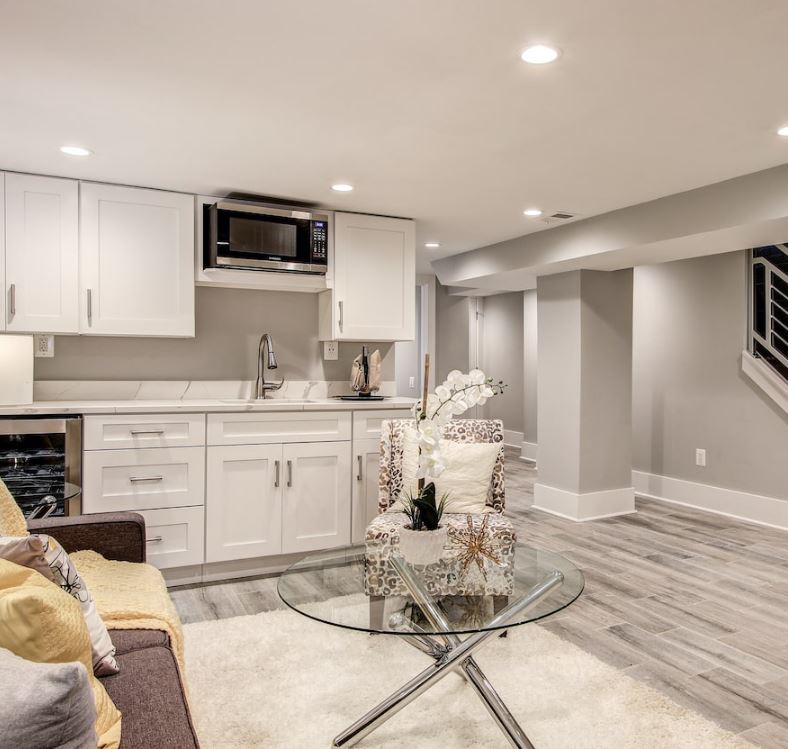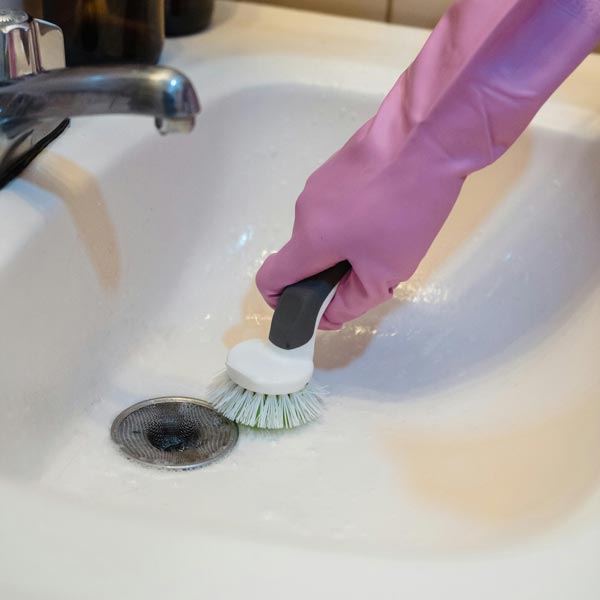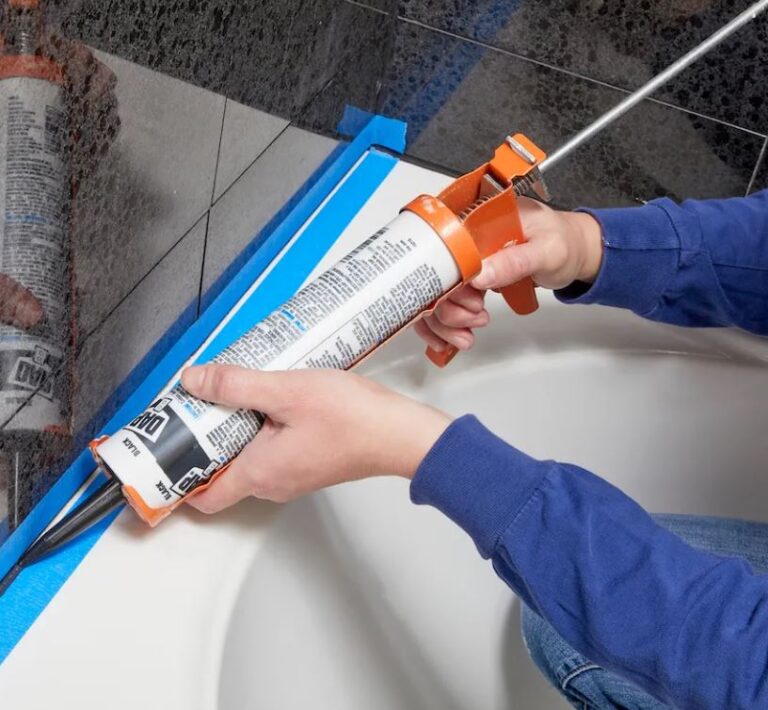How Basement Underpinning Can Address Uneven Floors and Cracked Walls
When it comes to home maintenance, few issues are as concerning as uneven floors and cracked walls. These problems not only affect the aesthetic appeal of your home but can also indicate serious structural issues. If you’ve noticed sloping floors, gaps between walls and ceilings, or cracks in your walls, it’s time to consider the root cause—and the solution. One of the most effective ways to address these issues is through basement underpinning. In this blog, we’ll explore how basement underpinning works, why it’s necessary, and how it can restore your home’s stability and value.
Understanding the Problem: Uneven Floors and Cracked Walls
Before diving into the solution, it’s important to understand what causes uneven floors and cracked walls. These issues often stem from foundation problems, which can occur due to:
- Soil Movement: Expansive soils, such as clay, can swell when wet and shrink when dry, causing the foundation to shift.
- Poor Drainage: Water pooling around your home can erode the soil beneath the foundation, leading to settling or sinking.
- Age of the Home: Older homes may have foundations that were not built to modern standards, making them more susceptible to damage over time.
- Tree Roots: Large trees near your home can absorb moisture from the soil, causing it to shrink and destabilize the foundation.
When the foundation shifts or settles unevenly, it can lead to a cascade of problems, including uneven floors, cracked walls, and even doors and windows that no longer close properly. Ignoring these signs can result in more severe damage and costly repairs down the line.
What Is Basement Underpinning?
Basement underpinning is a process used to strengthen and stabilize a home’s foundation. It involves extending the foundation to a deeper, more stable soil layer or reinforcing the existing foundation to prevent further movement. This process is typically done by excavating sections of the basement floor and adding new concrete, piers, or beams to support the structure.
Underpinning is not a one-size-fits-all solution; it’s tailored to the specific needs of your home. A structural engineer will assess the extent of the damage and recommend the best approach to restore your foundation’s integrity.
How Basement Underpinning Addresses Uneven Floors and Cracked Walls
- Stabilizes the Foundation: The primary goal of underpinning is to stabilize the foundation. By extending or reinforcing it, the process prevents further settling or shifting, which is often the root cause of uneven floors and cracked walls. Once the foundation is secure, the rest of the structure can settle back into place.
- Lifts and Levels the Structure: In some cases, underpinning can be combined with a process called “slab jacking” or “mudjacking.” This involves injecting a grout mixture beneath the foundation to lift it back to its original position. This can help level uneven floors and close gaps in walls and ceilings.
- Prevents Future Damage: Underpinning doesn’t just fix the current problem—it also prevents future issues. By addressing the underlying cause of the damage, you can avoid recurring problems with uneven floors and cracked walls. This is especially important if your home is located in an area with unstable soil or poor drainage.
- Increases Usable Space: One of the added benefits of underpinning is that it can increase the height of your basement, creating more usable space. This is particularly valuable if you’re looking to finish your basement or add additional living areas to your home.
- Boosts Property Value: A stable foundation is a key factor in a home’s value. By investing in underpinning, you’re not only protecting your home from further damage but also increasing its market value. Potential buyers will appreciate the peace of mind that comes with a structurally sound foundation.
Signs You Might Need Basement Underpinning
Not sure if your home needs underpinning? Here are some common signs to watch for:
- Visible Cracks: Cracks in walls, especially those that are diagonal or wider than 1/4 inch, can indicate foundation movement.
- Uneven Floors: If your floors slope or feel uneven when you walk on them, it’s a clear sign of foundation issues.
- Sticking Doors and Windows: Difficulty opening or closing doors and windows can be caused by a shifting foundation.
- Gaps Between Walls and Ceilings: Separation between walls and ceilings is a red flag that your foundation may be settling.
- Water Damage: Persistent moisture or water pooling in your basement can weaken the foundation over time.
If you notice any of these signs, it’s important to consult a professional as soon as possible. Early intervention can prevent further damage and save you money in the long run.
The Underpinning Process: What to Expect
If you decide to move forward with basement underpinning, here’s what you can expect during the process:
- Inspection and Assessment: A structural engineer will inspect your home to determine the extent of the damage and recommend the best underpinning method.
- Excavation: Sections of the basement floor will be excavated to access the foundation.
- Underpinning: New concrete, piers, or beams will be added to stabilize and reinforce the foundation.
- Restoration: Once the underpinning is complete, the excavated areas will be filled, and the basement floor will be restored.
- Final Inspection: A final inspection will ensure that the work has been completed to code and that your home is safe and stable.
While the process can be disruptive, the long-term benefits far outweigh the temporary inconvenience.
Conclusion: A Solid Foundation for a Secure Home
Uneven floors and cracked walls are more than just cosmetic issues—they’re warning signs that your home’s foundation may be in trouble. Basement underpinning offers a reliable and effective solution to stabilize your foundation, level your floors, and prevent further damage. By addressing the root cause of the problem, you can protect your home’s structural integrity, increase its value, and enjoy peace of mind for years to come.
If you’re experiencing any of the signs mentioned in this blog, don’t wait. Contact a professional to assess your home and determine if basement underpinning is the right solution for you. Your home is your most valuable investment—give it the foundation it deserves.






